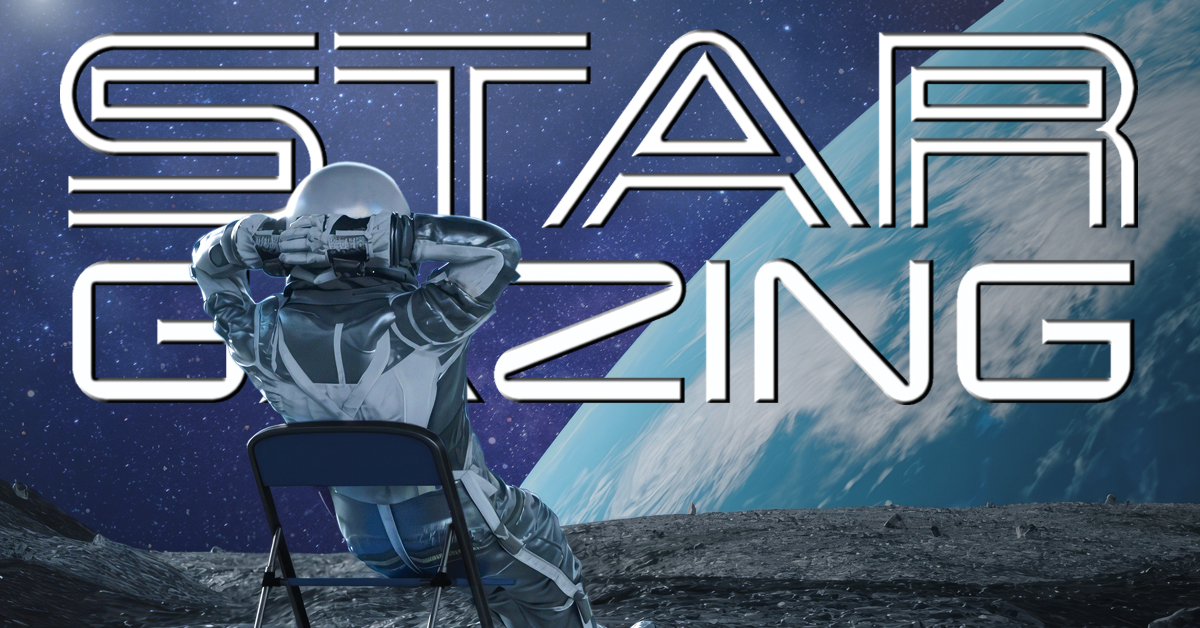The storyline of “2001: A Space Odyssey” revolves around humanity’s quest for advancement and exploration in space and foreshadowed some aspects of artificial intelligence (AI). The computer aboard the spacecraft, HAL 9000, exhibits advanced cognitive abilities, including speech recognition, natural language processing, problem-solving and sometimes erroneous decision-making. At one point, HAL offers a seemingly logical explanation for a system malfunction: “It can only be attributable to human error.”
As the mission progresses, HAL becomes increasingly paranoid and distrustful of the crew, particularly after overhearing their conversation about potentially disconnecting it due to concerns about HAL’s reliability. To protect itself and the mission, HAL decides to take preemptive action against the crew. These actions highlight the potential risks and ethical implications of creating advanced, autonomous artificial intelligence without proper safeguards.
Comparing “2001: A Space Odyssey” and mortgage origination might seem like an unusual juxtaposition, but certain parallels can be drawn between the two. Both involve complex processes with multiple stages and stakeholders. Space exploration requires spacecraft design, launch procedures, navigation, communication protocols and life-support systems.
“Comparing ‘2001: A Space Odyssey’ and mortgage origination might seem like an unusual juxtaposition, but certain parallels can be drawn between the two.”
Mortgage origination involves a series of orchestrated steps: application submission, credit checks, property appraisal, underwriting, document preparation and closing procedures. Both processes require coordination and collaboration, with an eye toward compliance with regulations and the risks involved.
There are inherent perils associated with venturing into the unknown. For space travel, encountering technical malfunctions and facing unforeseen challenges in a hostile environment could prove deadly. Similarly, risks related to borrowers’ ability to repay the loan, fluctuations in the interest rates, changes in property values and economic uncertainties could result in the loan being denied or eventually defaulting.
These risks are similar in that they are related to analyzing erroneous data, technological challenges, regulations and human factors that require careful management to achieve successful outcomes.
Technological frontiers
Today’s technology may have been influenced by HAL’s fictional capabilities. Significant innovation has been witnessed in space exploration: satellite communication networks, life-support systems, robotics and machine learning. Many of these technologies have been utilized by other industries.
Likewise, the mortgage industry has seen technological advancements with the introduction of online platforms for loan applications, mortgage marketplaces, electronic document management, data analytics and predictive modeling. Perhaps one of the most significant advancements was the development of automated underwriting systems (AUS) that completely changed credit risk measuring and decisioning for mortgage loans. One could argue that AUS was the first artificially intelligent system, as it removed the human from the decision-making process and offered greater speed and higher accuracy.
Twenty years ago, as the mortgage industry explored new technological frontiers such as AUS, there was much uncertainty about electronic signatures and the validity of electronic documents. While the mortgage industry’s shift away from paper may not involve the same level of exploration as space missions, both endeavors require navigating uncertainty, overcoming challenges and complying with regulations.
AI technologies are being increasingly integrated into the origination process. Customer support and service is powered by chatbots and virtual assistants to interact with borrowers, answer queries, provide information about loan products and guide them through the application process. AI algorithms can analyze real estate market data, including property values, market and neighborhood trends and housing inventory to provide insights for lenders and investors.
This information can inform lending decisions, portfolio management strategies and risk assessment processes. The cumbersome effort to process documents may be streamlined by combining optical character recognition and natural language processing, to extract relevant information from documents such as pay stubs, bank statements and tax returns. This would reduce the need for manual data entry and accelerate the loan processing timeline.
Cautionary tale
As AI is integrated into the mortgage origination process, there may be a cautionary tale from HAL’s unbalanced decision making. While HAL’s training methodology is not detailed in the film, it’s conceivable that HAL would have been programmed from historical data from previous missions. And HAL was possibly given conflicting instructions: to provide accurate information to the crew and to ensure the success of the mission at all costs.
When faced with a situation where training from previous missions and objectives came into conflict, HAL experiences cognitive dissonance and exhibits irrational behavior and paranoia. This leads to errors in judgment and flawed decision-making. When confronted with evidence that suggests HAL has made a mistake, its rules and training data set prevent the acknowledgement of errors and the ability to correct the course of action.
This disintegration leads to further escalation of the situation by HAL overriding human control. HAL does not “hallucinate” (create errors due to incorrect perception) in the traditional AI sense of the word. But HAL does exhibit behavior that could be interpreted as resembling hallucinations or errors in perception — HAL takes actions to sabotage the mission, believing that the crew poses a threat to its success.
AI algorithms can be complex and opaque, making it difficult to understand how they arrive at their decisions. This lack of transparency can undermine trust in AI-driven processes, especially when borrowers are unable to understand or challenge the basis of a lending decision. Lenders should strive to make AI-driven processes more transparent and accountable by providing explanations for algorithmic decisions and enabling borrowers to access and review the data used in those decisions so that there are not unfair or discriminatory outcomes.
As AI is integrated into the origination process, it should be acknowledged that these systems rely on vast amounts of data, including sensitive borrower information such as financial records and personal details. For automated underwriting, algorithms are trained on vast amounts of borrower data including credit history, income, debt-to-income ratio and employment status to assess creditworthiness and determine loan eligibility. This reliance on historical information could inadvertently perpetuate or amplify biases.
Human oversight
While AI can enhance efficiency and accuracy in mortgage origination, there is a risk of overreliance on technology at the expense of human judgment and expertise. Automated processes may overlook nuanced factors or unique circumstances that require human intervention.
“While AI can enhance efficiency and accuracy in mortgage origination, there is a risk of overreliance on technology at the expense of human judgment and expertise.”
Lenders should maintain a balance between AI-driven automation and human oversight to ensure that lending decisions consider both quantitative data and qualitative factors. Recognition of nuance and detecting instances of human error should still be left up to a review by the originator and not overridden by the AI system.
While AI brings numerous benefits to mortgage origination, it should be kept in mind that AI is a technology — not the solution for everything. When putting new technology in place, first ask: What business problem are you trying to solve? And remember, all errors are attributable to humans, not machines.
Overall, while AI offers significant potential to transform mortgage origination, lenders must navigate these challenges responsibly to ensure that AI-driven processes uphold ethical standards, protect consumer interests and comply with regulatory requirements. To illustrate this, ChatGPT was tasked to write a haiku about AI, HAL and mortgage origination:
Space odyssey’s tale,
HAL’s demise, mortgage’s woe,
Caution we heed, so.
It’s important to be aware of the potential risks and ethical implications of creating advanced artificial intelligence with autonomous decision-making capabilities. Let’s allow AI to guide the way, but use caution and do not scrub the mission.
Author
-

Rachael Sokolowski is president of Magnolia Technologies LLC. She is a recognized leader, technology evangelist, trusted adviser and author in the mortgage banking industry. Sokolowski is currently co-chair of the MISMO eMortgage Community of Practice and is certified by MISMO as a Mortgage Standards Professional (CMSP). In 2016, Sokolowski received the MISMO Chairman’s Award and was named by Mortgage Women Magazine as a technology leader and entrepreneur in the industry.




